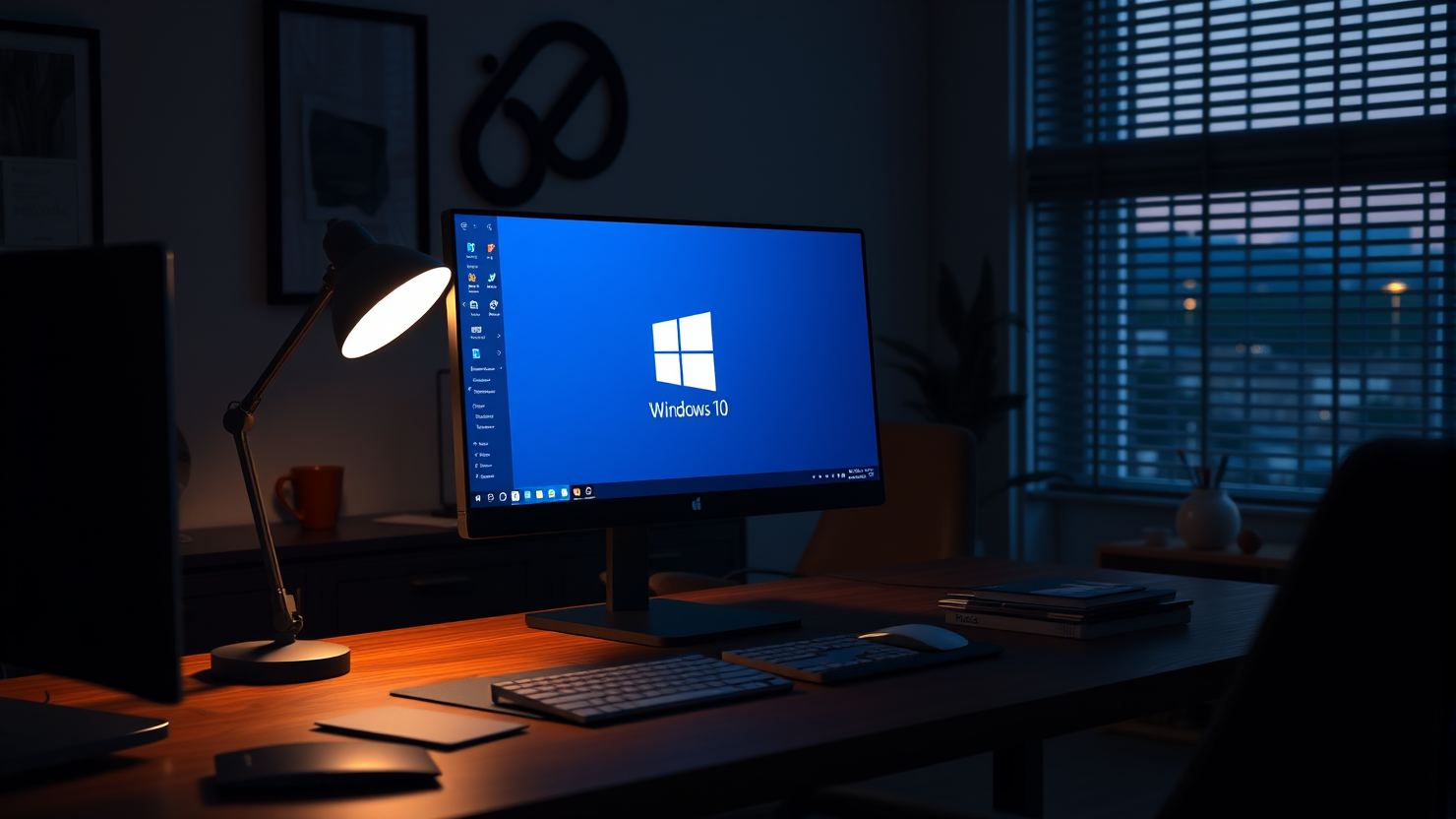Microsoft Announces End of New Office Features for Windows 10 by 2026: What Users Need to Know

Microsoft has announced an extension of support for Office applications on Windows 10, lasting three years beyond the operating system’s end-of-life date. However, it should be noted that this extended period will primarily focus on providing security updates, with users gradually losing access to new features.
As per a recent update to Microsoft’s support page, discovered by The Verge, users of Windows 10 will no longer receive new Office app features beyond version 2608. This version is expected to be rolled out to Microsoft 365 Personal and Family subscribers by August 2026, to monthly enterprise channel users by October 13, 2026, and to semi-annual enterprise channel users by January 12, 2027.
Following these dates, Office applications will remain on version 2608 and will only receive security updates until October 10, 2028, according to Microsoft’s statement.
This development appears to be part of Microsoft’s ongoing efforts to encourage users to upgrade to Windows 11. The support page issues a warning regarding potential performance and reliability issues that may arise when using Microsoft 365 on Windows 10 after the operating system reaches its end-of-life in October this year.
Furthermore, the support page warns users that if they encounter issues with Microsoft 365 applications post-October, customer service support will be limited. For instance, should a Microsoft 365 issue be specific to Windows 10, customer support representatives may advise upgrading to Windows 11. In such cases, users would not be able to “log a bug” or request other product updates. Additionally, if moving to Windows 11 is not feasible, “technical workarounds might be limited or unavailable,” as stated by Microsoft.
Microsoft has been encouraging users to migrate to Windows 11 for some time, with previous efforts including full-screen advertisements. Although the operating system was released in 2021, its adoption rate had been slow due to stringent hardware requirements. However, only recently did Windows 11 surpass Windows 10 as the most widely used version of Windows.






